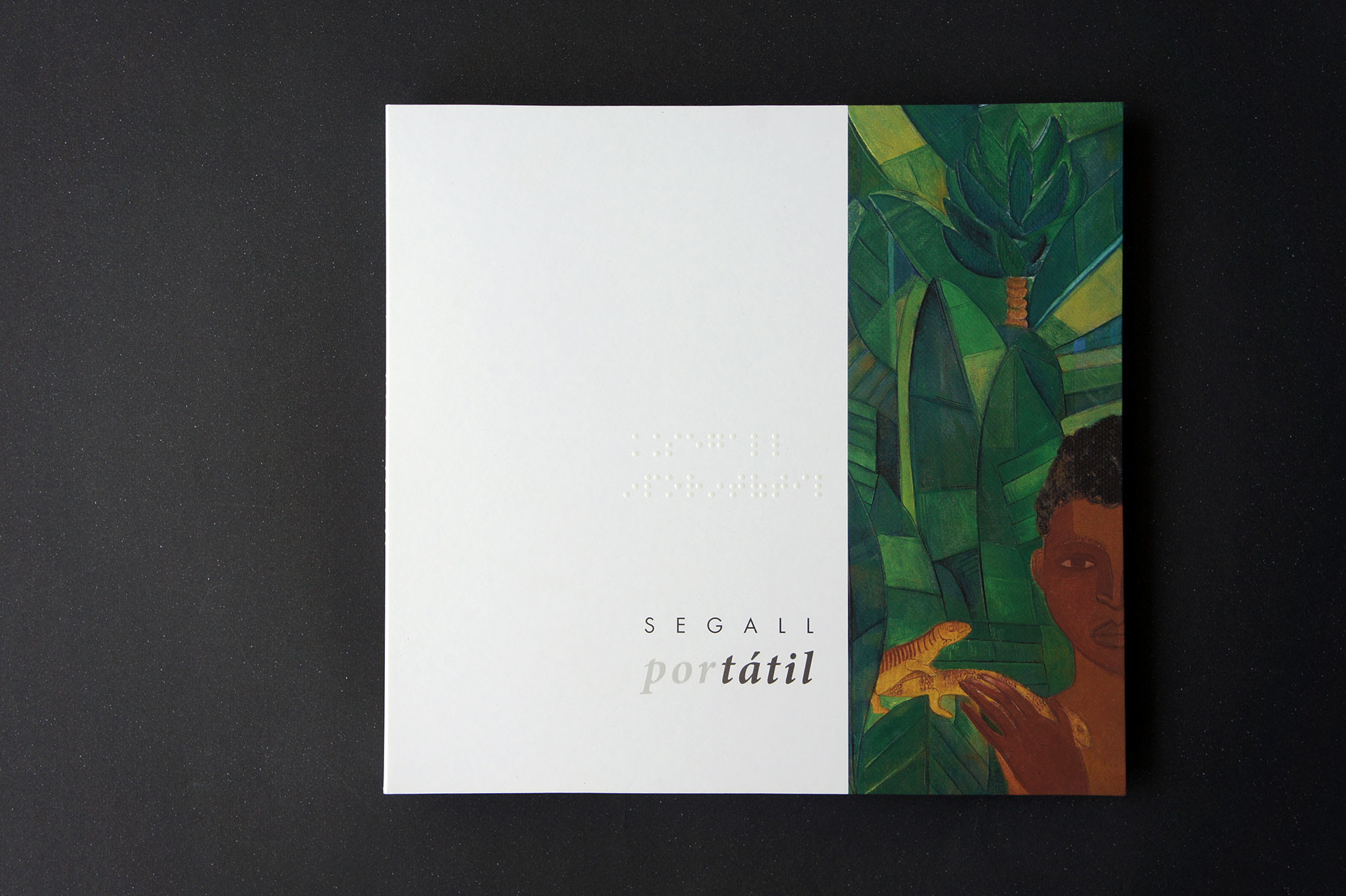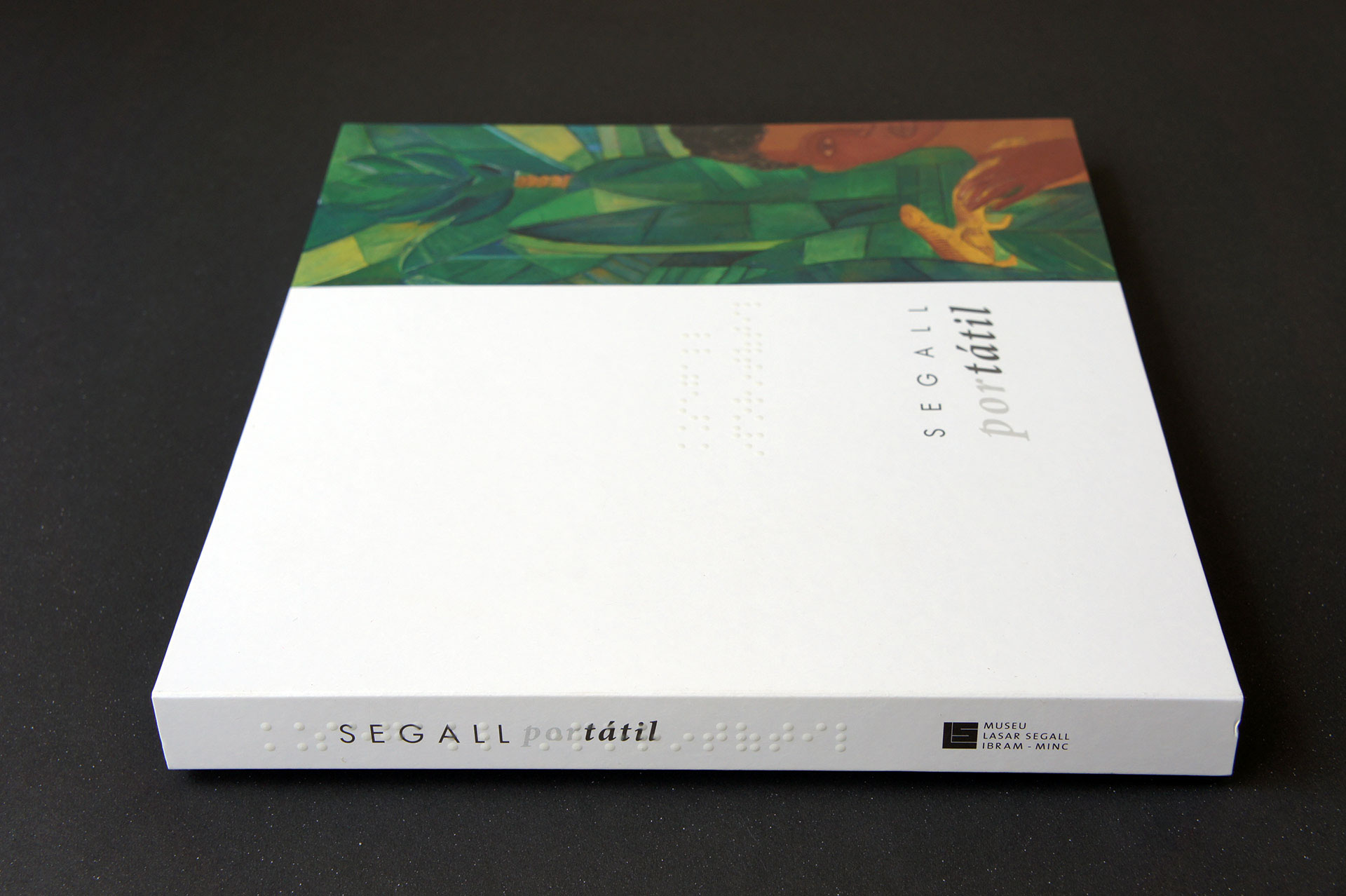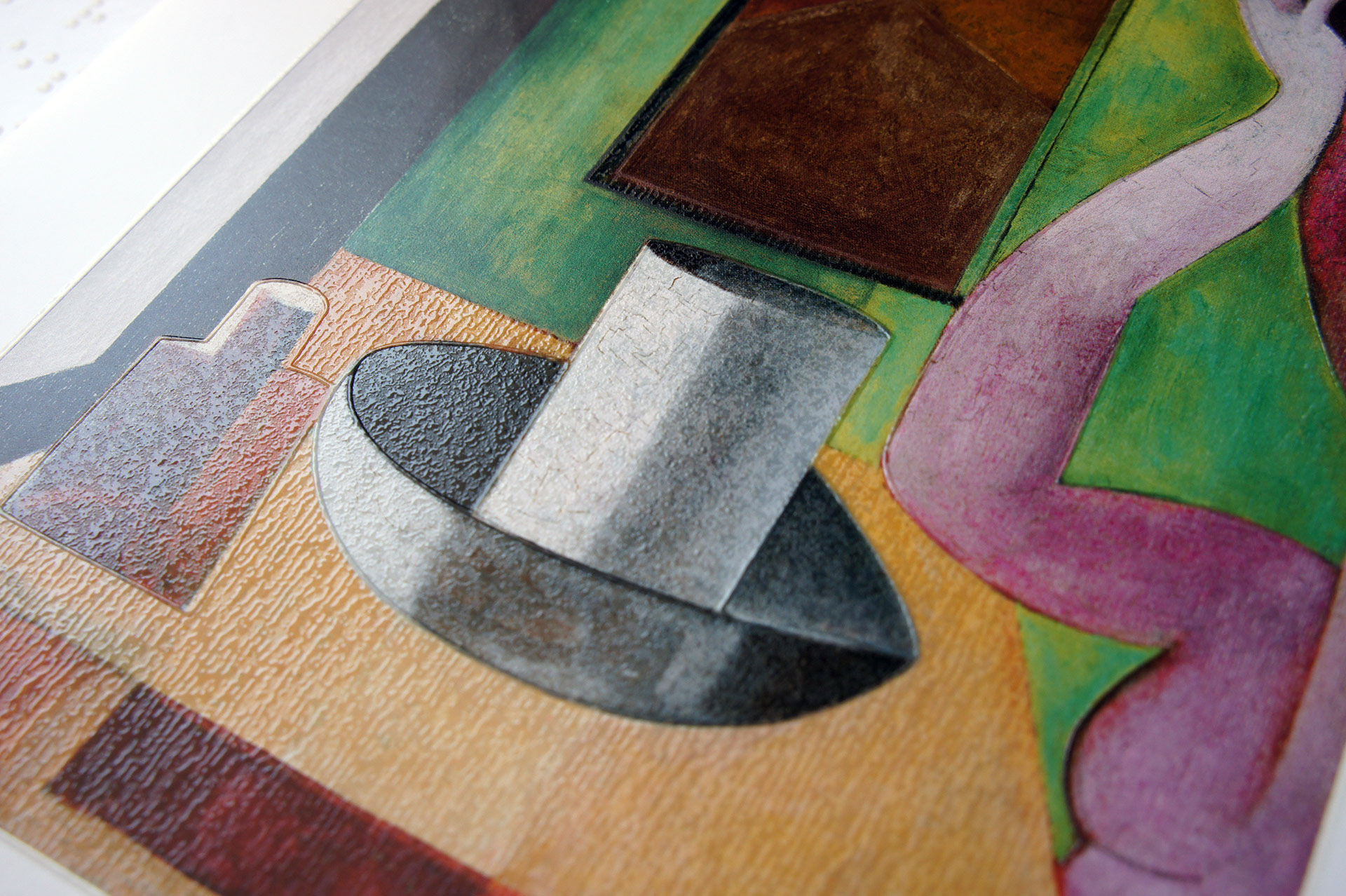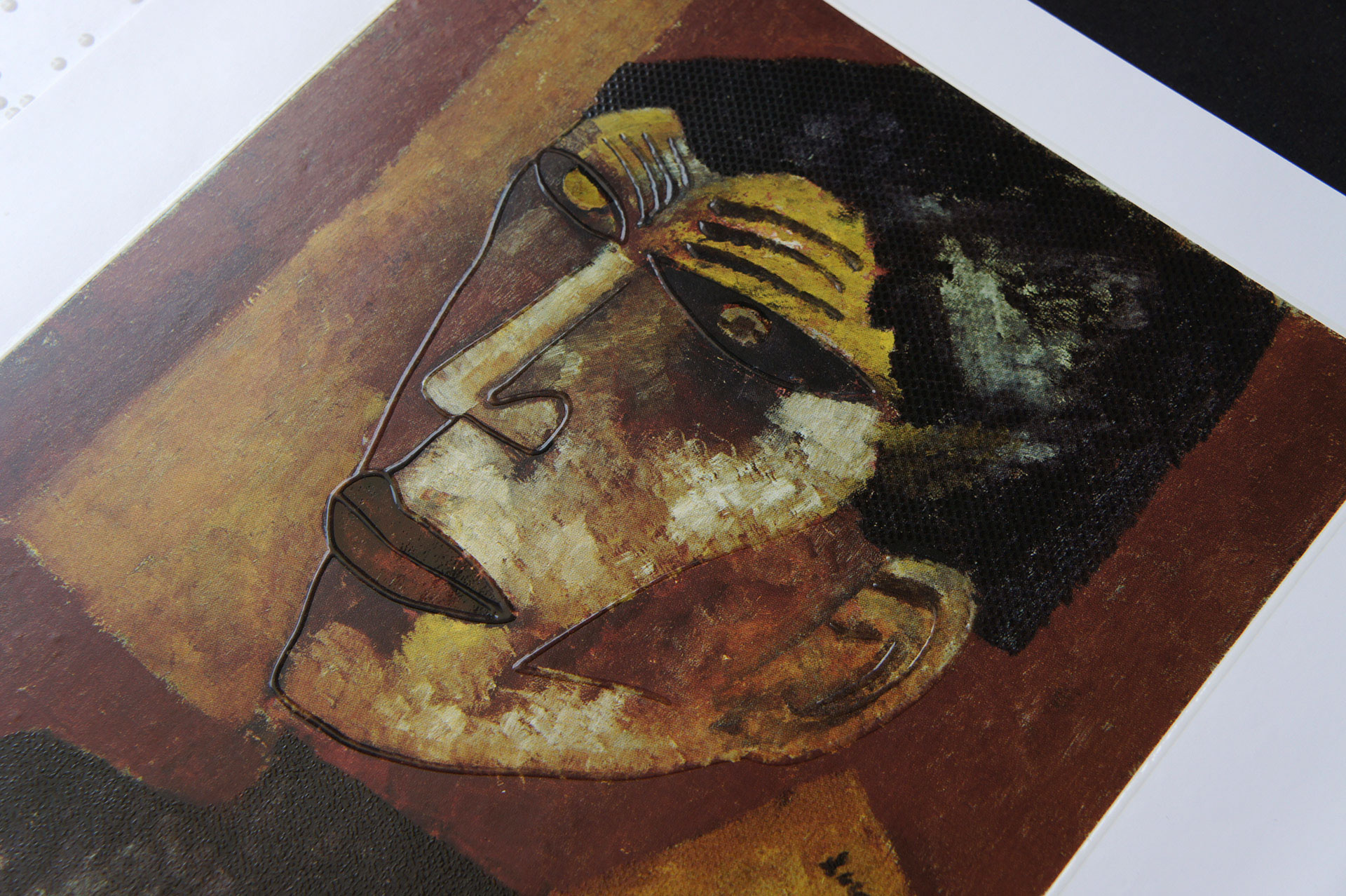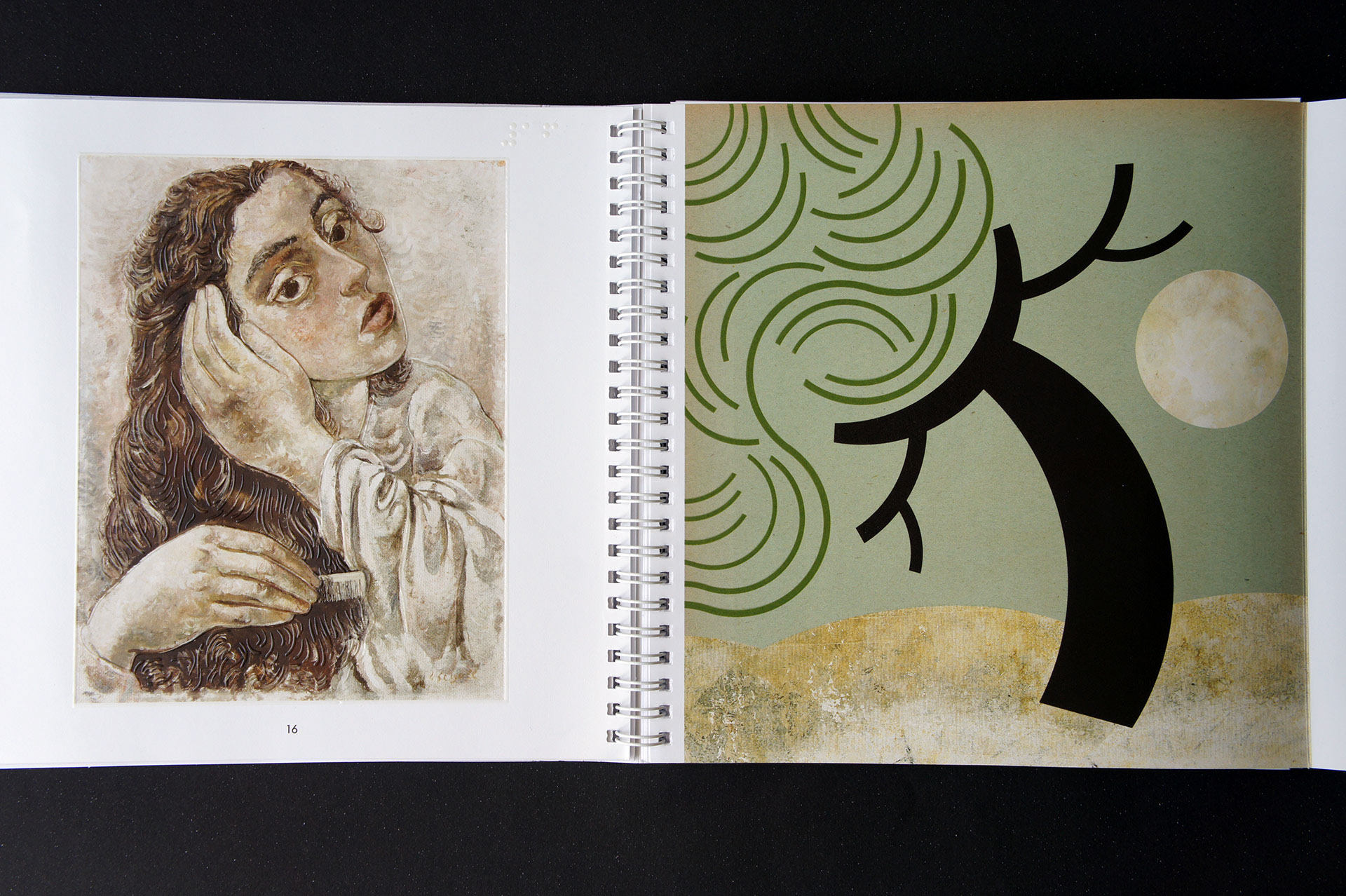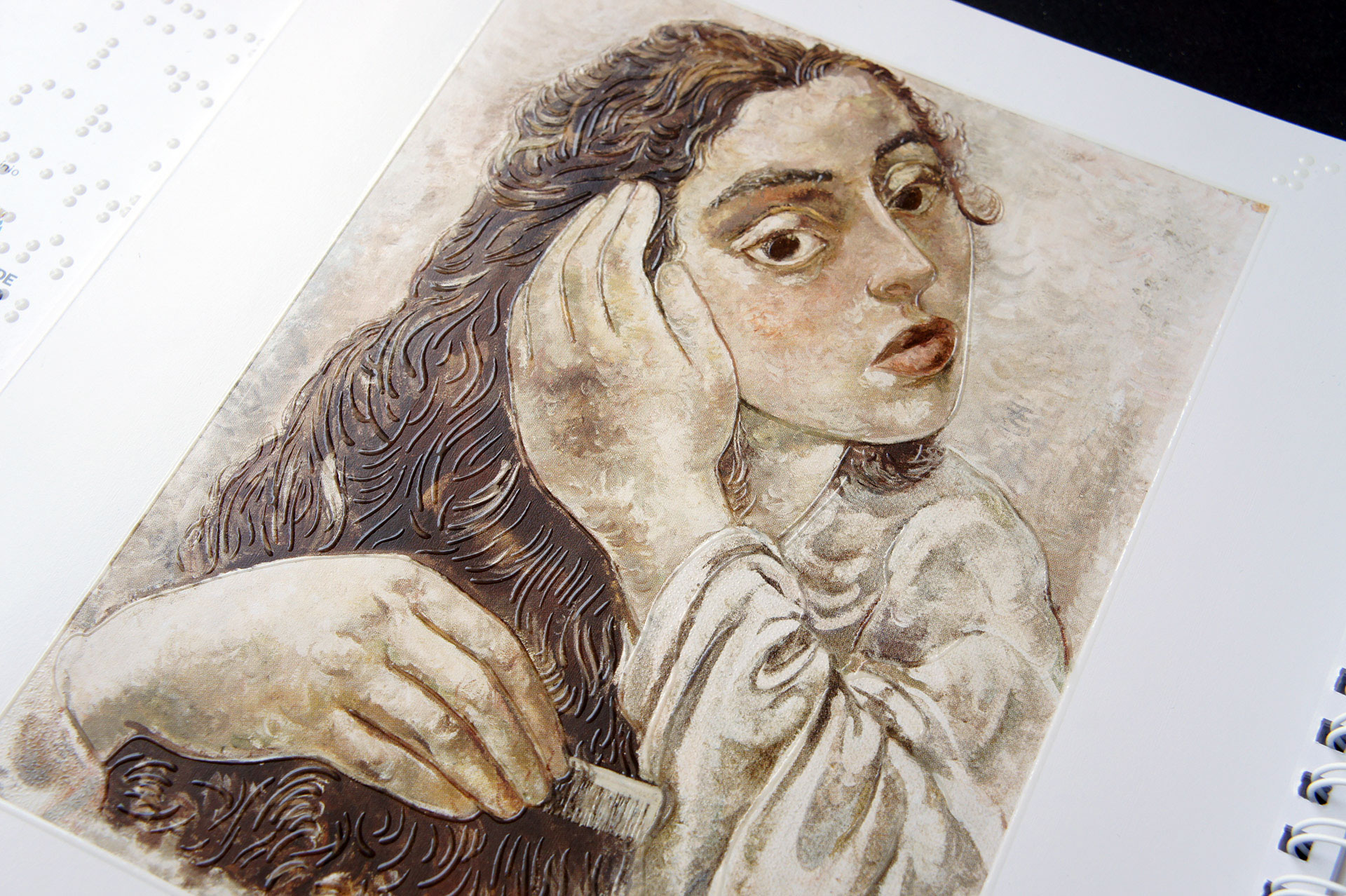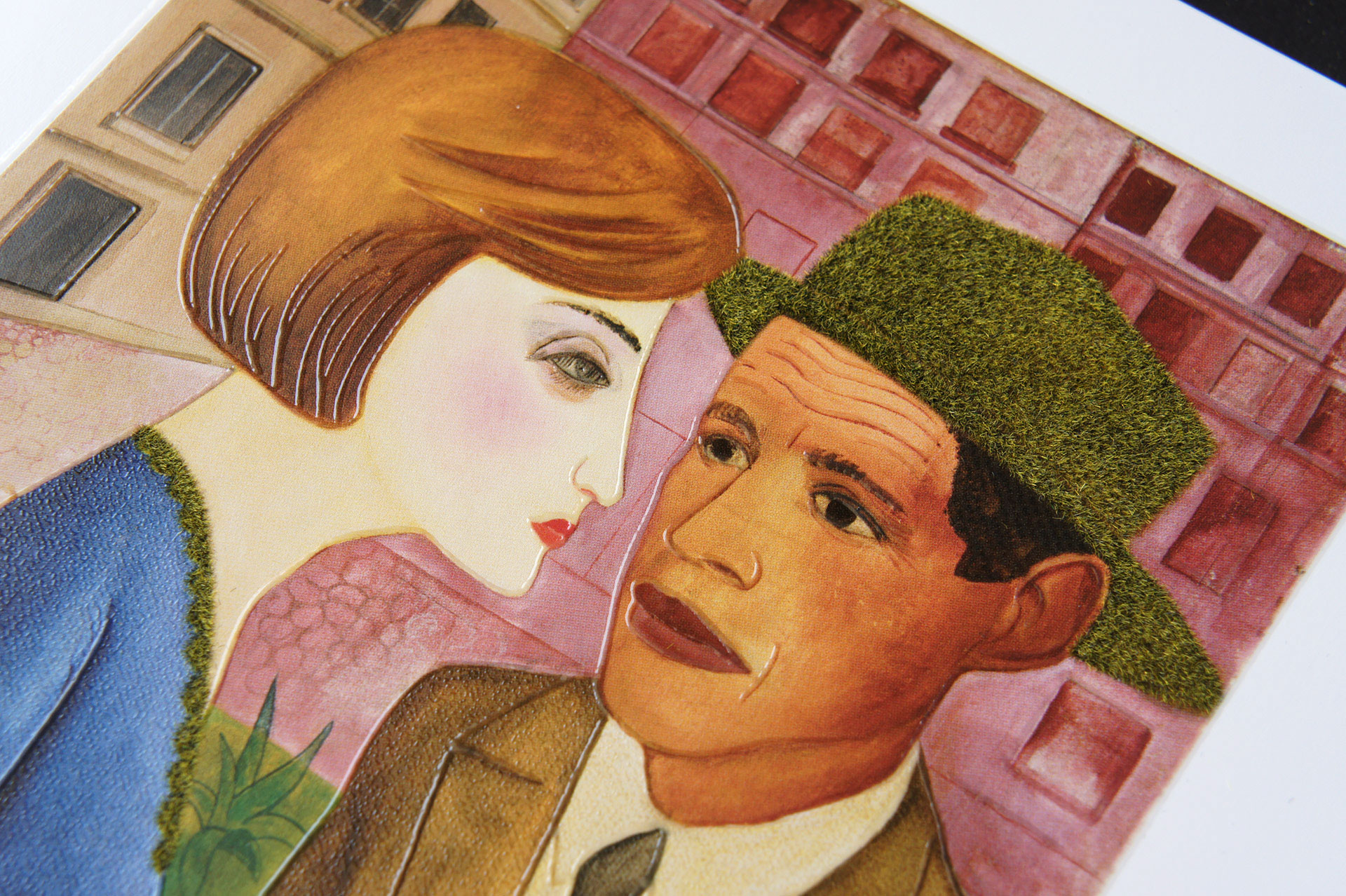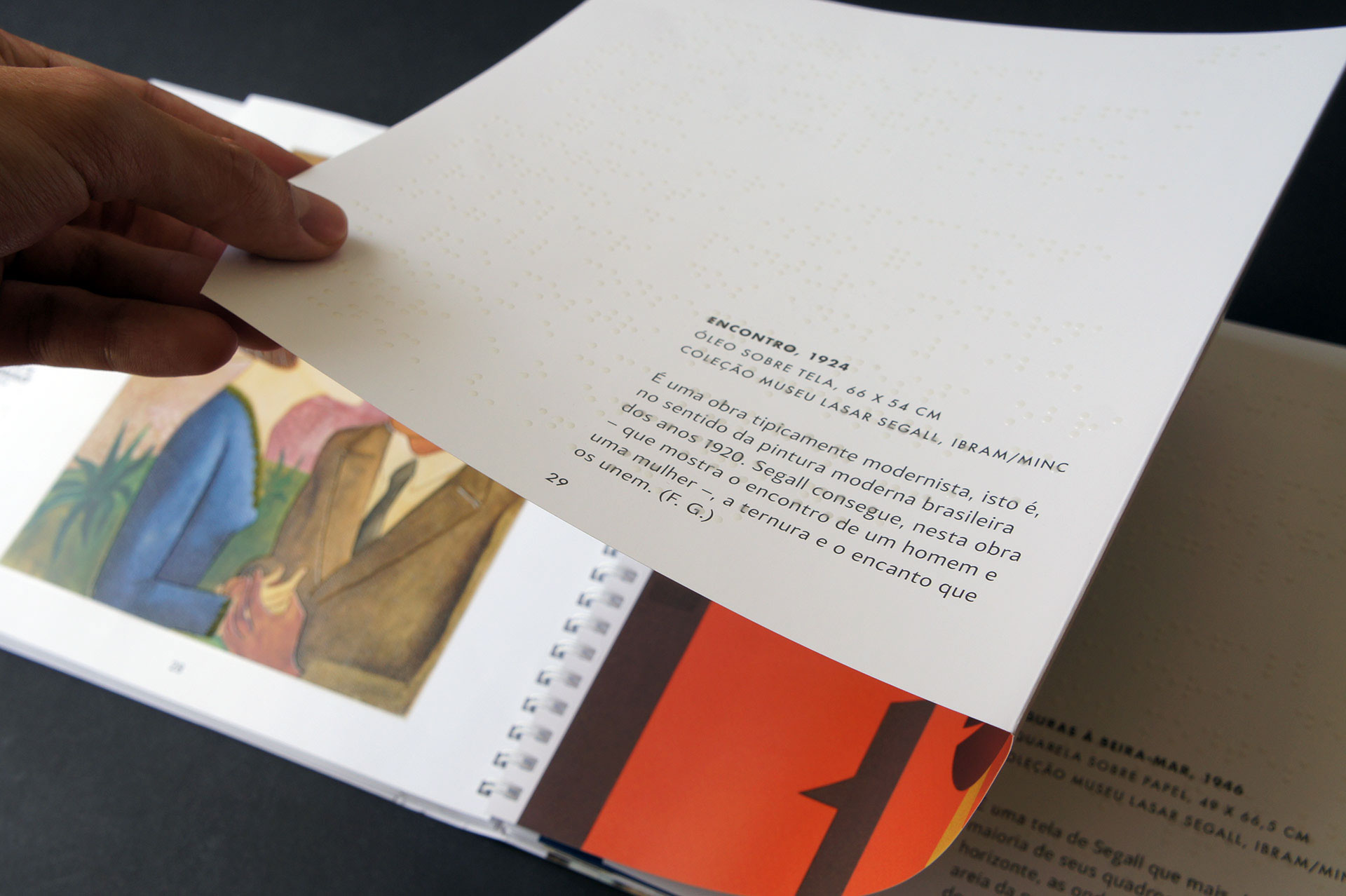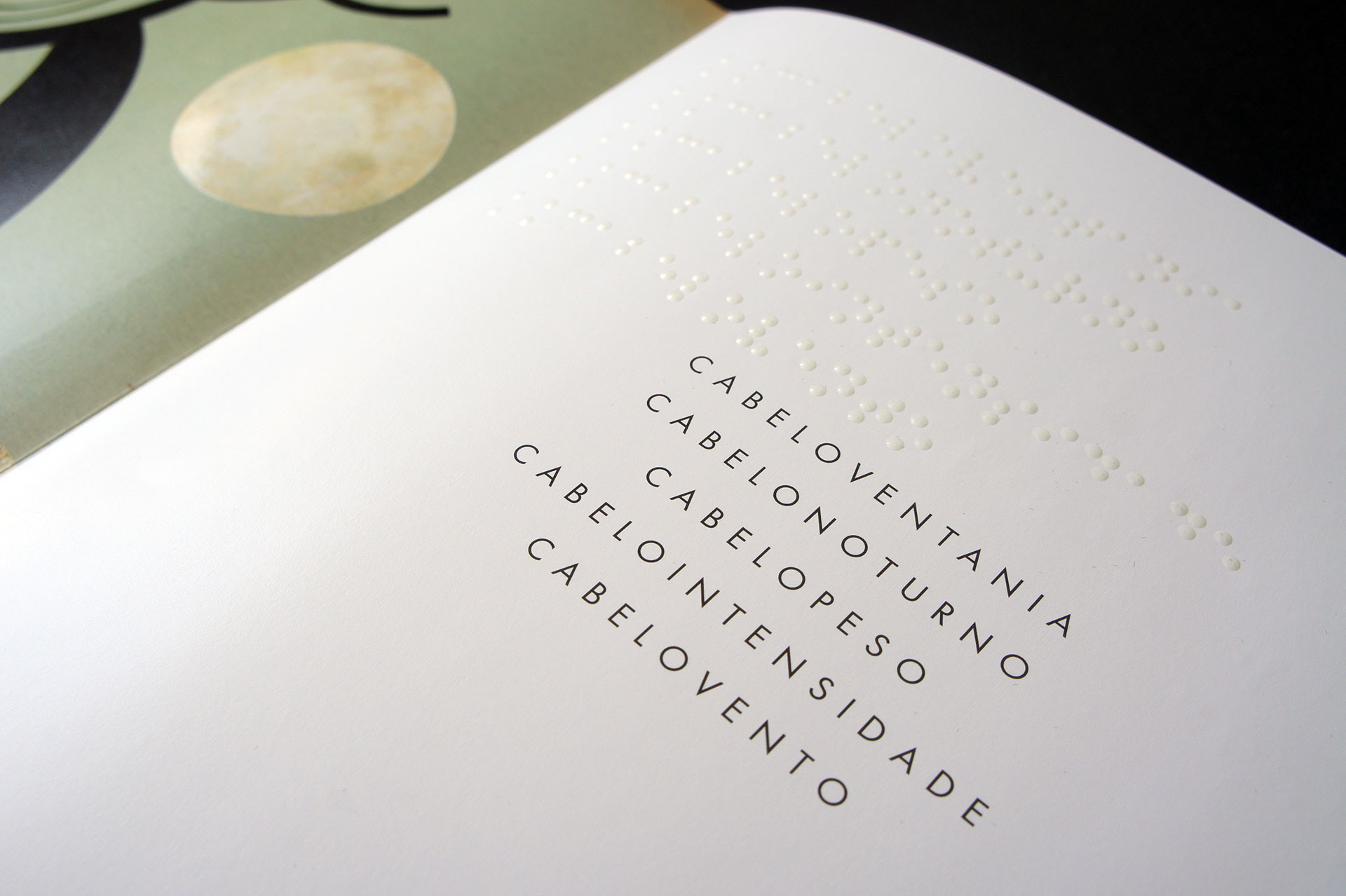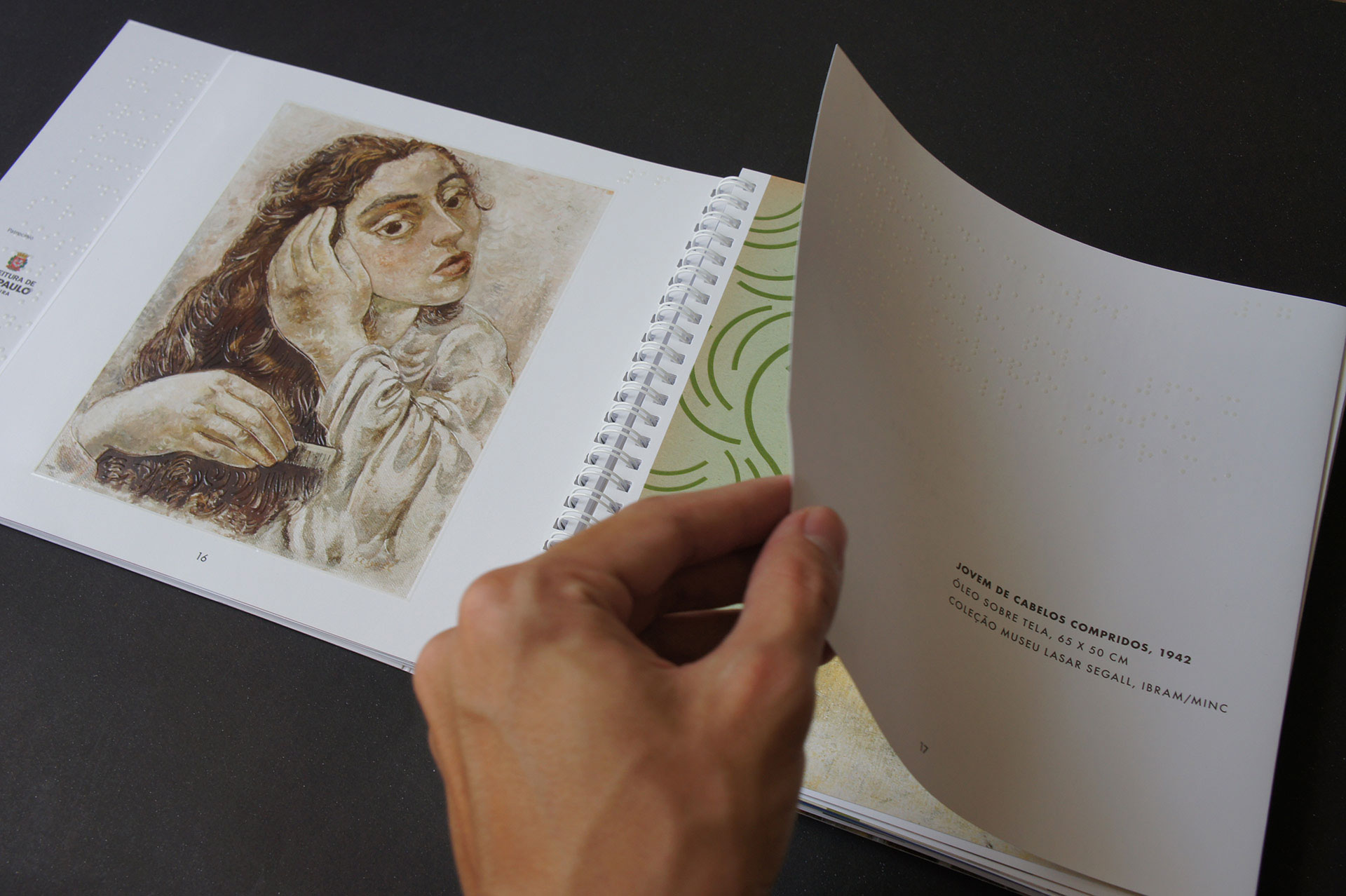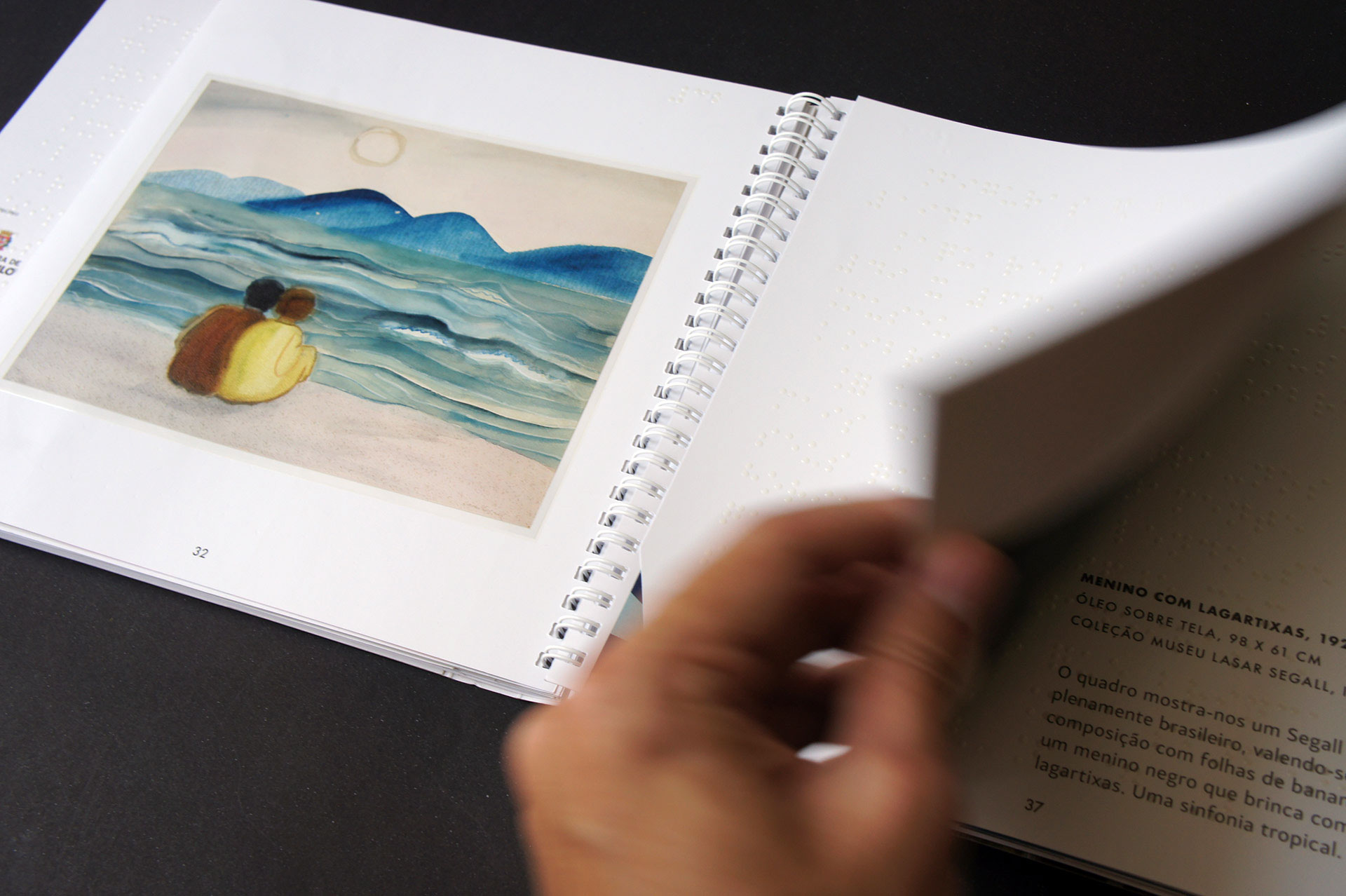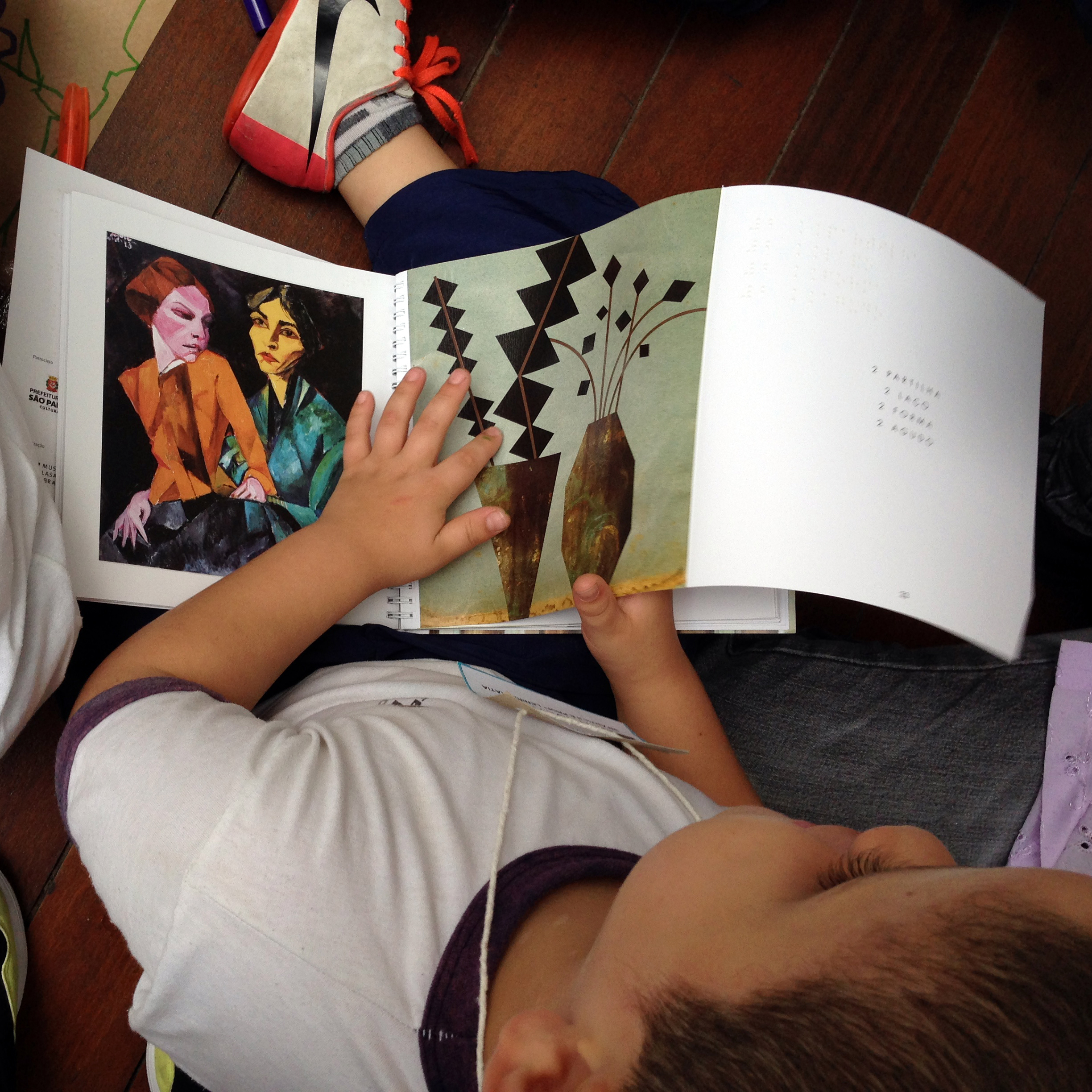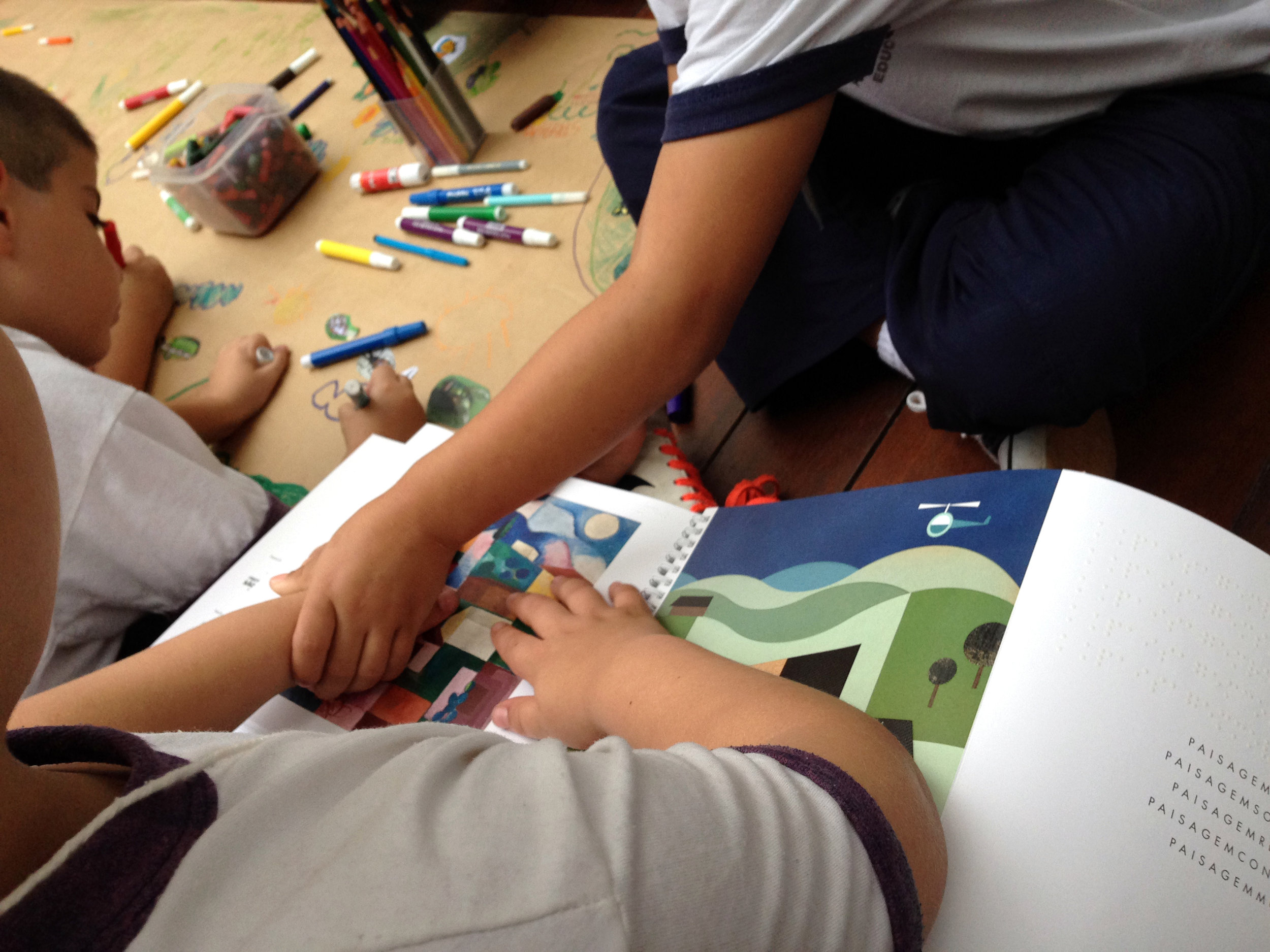Segall portátil
O projeto deste livro foi um dos maiores desafios que já recebemos, com concepção e coordenação de Elaine Fontana, Setor Educativo do Museu Lasar Segall, foi uma oportunidade de aproximar design e arte, deficiência visual e arte e, voltando ao começo: design e tecnologia gráfica para um resultado inclusivo!
The project of this book was one of the greatest challenges we have ever received, with the conception and coordination by Elaine Fontana, Educational Sector of the Lasar Segall Museum. It was an opportunity to bring together design and art, visual impairment and art, and, going back to the beginning, design and graphic technology for an inclusive result!
Em Segall portátil, o design coloca as obras de Lasar Segall em destaque absoluto, com nenhum elemento a ser inserido de maneira competir pela atenção do leitor; mesmo o texto de Ferreira Gullar, imprescindível como é, entra como uma apresentação sintética da obra, aparece sutil e delicadamente na página branca, seu conteúdo é simples e direto. Mas, a viagem apenas começa, e o leitor descobre então uma fenda, um recorte na página indica que existe algo mais. Um novo diálogo é estabelecido com a ilustração de Daniel Bueno. E, assim, o leitor vidente ou não, admite esse diálogo ou adia para outro momento, vai ao texto quando deseja, complementa a informação ou passeia pelo imaginário através das “palavras compostas”.
O design sugere através da própria encadernação do livro e de sua diagramação que não há lógica rígida de leitura a ser cumprida. Mas os olhos do leitor e/ou suas mãos o guiam pelas obras do artista, sem deixar que a atenção se desprenda até a décima pintura apresentada.
Na última página, mais um estímulo aos sentidos com a experimentação sonora de Felipe Vilasanchez e Edu Cesar, como mais uma forma de ler e enxergar.
“Segall portátil é uma publicação experimental que propõe com base na obra de Lasar Segall, diálogos entre estímulos táteis, visuais, escritos e sonoros.”
In Segall Portátil, the design puts Lasar Segall's works in absolute prominence, with no elements competing for the reader's attention. Even Ferreira Gullar's indispensable text, presented in a concise manner, appears subtly and delicately on the white page. But the journey is just beginning, and the reader discovers a gap, a cut in the page indicating that there is something more. A new dialogue is established with Daniel Bueno's illustration. And thus, the sighted or non-sighted reader admits this dialogue or postpones it for another moment, goes to the text when desired, complements information, or wanders through the imaginary through "compound words."
Design suggests, through the book's own binding and layout, that there is no rigid logic of reading to be followed. But the reader's eyes and/or hands guide them through the artist's works, not letting the attention detach until the tenth painting presented.
On the last page, there is another stimulus to the senses with Felipe Vilasanchez and Edu Cesar's sound experimentation, as another way of reading and seeing.
"Segall Portátil is an experimental publication that proposes, based on Lasar Segall's work, dialogues between tactile, visual, written, and sound stimuli."
